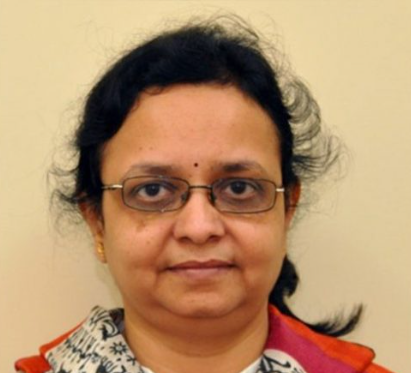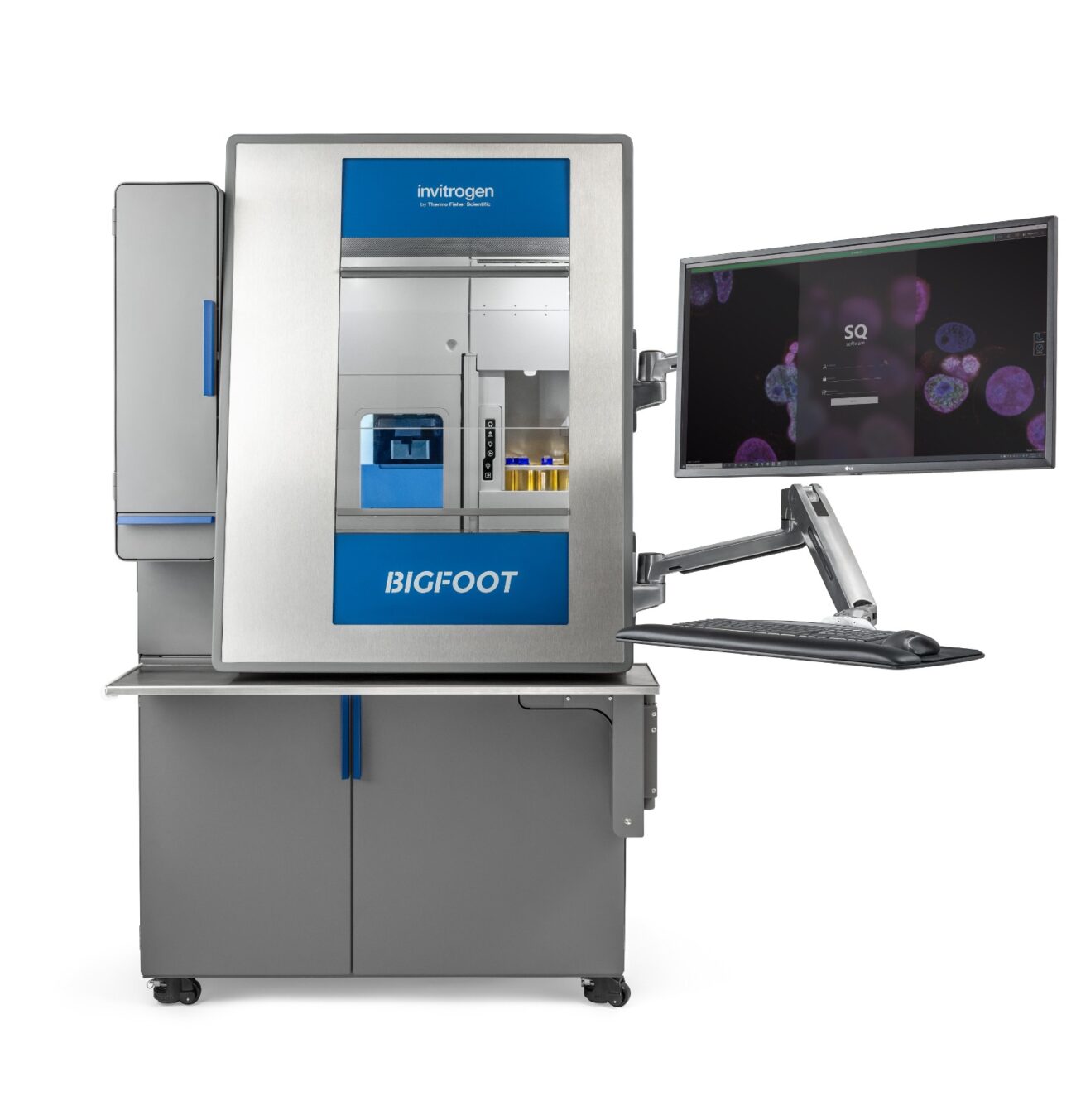Revolutionizing Sterilization and Hygiene in India: A Call for Urgent Regulatory Action
By Karolina Matracka, Director, Enbio Group AG In the ever-evolving landscape of healthcare in India, the imperative for a robust sterilization and hygiene ecosystem has reached a critical juncture. While the existing regulatory framework has commendable

By Karolina Matracka, Director, Enbio Group AG
In the ever-evolving landscape of healthcare in India, the imperative for a robust sterilization and hygiene ecosystem has reached a critical juncture. While the existing regulatory framework has commendable aspects, it grapples with the challenges posed by rapid technological advancements and the escalating demands of the healthcare industry.
Nosocomial infections persist as a significant concern in healthcare settings. Recent statistics reveal a staggering 30% surge in the mortality rate within Indian hospitals directly attributable to inadequate infection management. The lack of proper sterilization facilities within healthcare institutions poses a significant challenge, with surgical instruments often falling short of necessary standards for sterilization and sanitation. The urgency for a new sterilization and hygiene ecosystem is underscored by the critical role effective sterilization plays in preventing these infections. Regulatory bodies must recognize the transformative potential of advanced autoclaves and similar technologies in mitigating these risks.
The Current Landscape
India’s healthcare system has experienced unprecedented growth, witnessing the emergence of new hospitals, clinics, and medical facilities nationwide. While this expansion is laudable, it brings forth challenges in maintaining stringent sterilization standards. Conventional methods, though effective, fall short of meeting the increasing demand for faster, more efficient, and technologically advanced sterilization processes.
Technological Advancements
The current regulatory landscape encounters challenges in adapting to the rapid pace of technological innovation. A dissonance exists between the capabilities of advanced sterilization technologies and the regulatory framework governing their implementation. This disjunction poses potential risks to patient safety and the effectiveness of sterilization practices.
Cutting-edge sterilization technologies, such as Class B autoclaves with flash sterilization cycles, have revolutionized the industry. These innovations significantly reduce sterilization time, ensuring quick turnaround, especially in emergencies. However, the integration of such technologies into the existing healthcare infrastructure necessitates proactive regulatory measures.
Global Standards and Competitiveness
As India aspires to become a global healthcare hub, aligning sterilization and hygiene practices with international standards is imperative. The competitiveness of Indian healthcare facilities on the global stage relies on adherence to cutting-edge sterilization technologies. Regulatory bodies must facilitate the seamless integration of these technologies to enhance the quality and safety of healthcare services.
Regulators play a pivotal role in advancing healthcare standards through a comprehensive approach to technology adoption. A clear framework should be established, encompassing standards, protocols, and certification processes for integrating advanced sterilization technologies like Class B autoclaves into healthcare facilities.
Beyond equipment, regulatory efforts should extend to standardized training programs, ensuring healthcare professionals are proficient in operating and maintaining these innovations. Regular audits and compliance checks are essential to guarantee adherence to sterilization standards, enhance patient safety, and upholding healthcare infrastructure integrity. To expedite adoption, regulatory bodies could provide incentives such as tax benefits, grants, or subsidies for institutions investing in cutting-edge sterilization equipment. This multifaceted regulatory strategy is vital for fostering a robust and technologically advanced healthcare ecosystem.
Combating HAI
Recent comprehensive studies conducted by the National Center for Biological Information have unveiled alarming deficiencies in infection management across both government and private hospitals. The National Medical Commission, relying on these findings, attributes the surge in mortality rates to infections acquired within healthcare facilities. The World Health Organization reports that 7 to 10% of hospitalized patients worldwide acquire at least one Healthcare-Associated Infection (HAI). In countries like India, where inadequate resources, insufficient processes, lack of mandatory regulations, and underreporting exacerbate the problem, the HAI rate is nearly 10%. This alarming statistic contributes to a 30% increase in the mortality rate within hospitals, primarily attributed to poor infection management.
Effectively combating HAIs necessitates critical measures: the national government must mandate hospitals to uphold accreditation licenses meticulously regulated by the existing National Accreditation Board for Hospitals and Healthcare Providers (NABH). The current accreditation status is alarming, with only 714 hospitals accredited by NABH—a stark minority compared to India’s extensive healthcare facilities. Addressing the HAI crisis requires concerted efforts at both national and local levels. While establishing stringent government-level guidelines for sterilization and sanitation practices is imperative, it must be complemented by behavioral interventions and systemic (technological) changes.
The Way Forward
Collective action is the key to protecting citizens’ lives and enhancing the overall quality of healthcare in the country.
The urgency for a new sterilization and hygiene ecosystem in India is apparent, given the evolving healthcare landscape and the rise of advanced technologies. Regulatory bodies must act swiftly to bridge the gap between existing frameworks and the transformative potential of innovations like Class B autoclaves. This proactive approach will not only ensure patient safety and reduce the prevalence of nosocomial infections but also position India as a global leader in healthcare standards. As India navigates the complexities of a modern healthcare system, regulatory action becomes the linchpin for a safer, more efficient, and technologically advanced sterilization and hygiene ecosystem in India.






